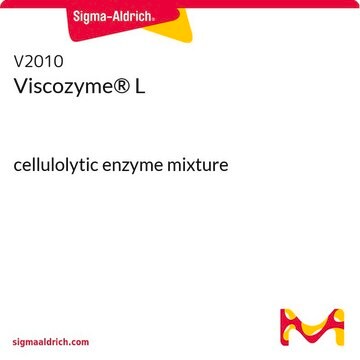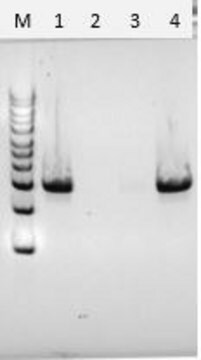L8757
Lysing Enzymes from Rhizoctonia solani
crude powder
Synonym(s):
Kitalase
About This Item
Recommended Products
form
crude powder
storage temp.
2-8°C
Application
Biochem/physiol Actions
comparable product
Storage Class
13 - Non Combustible Solids
wgk_germany
WGK 3
flash_point_f
Not applicable
flash_point_c
Not applicable
ppe
Eyeshields, Gloves, type N95 (US)
Choose from one of the most recent versions:
Already Own This Product?
Find documentation for the products that you have recently purchased in the Document Library.
Our team of scientists has experience in all areas of research including Life Science, Material Science, Chemical Synthesis, Chromatography, Analytical and many others.
Contact Technical Service





